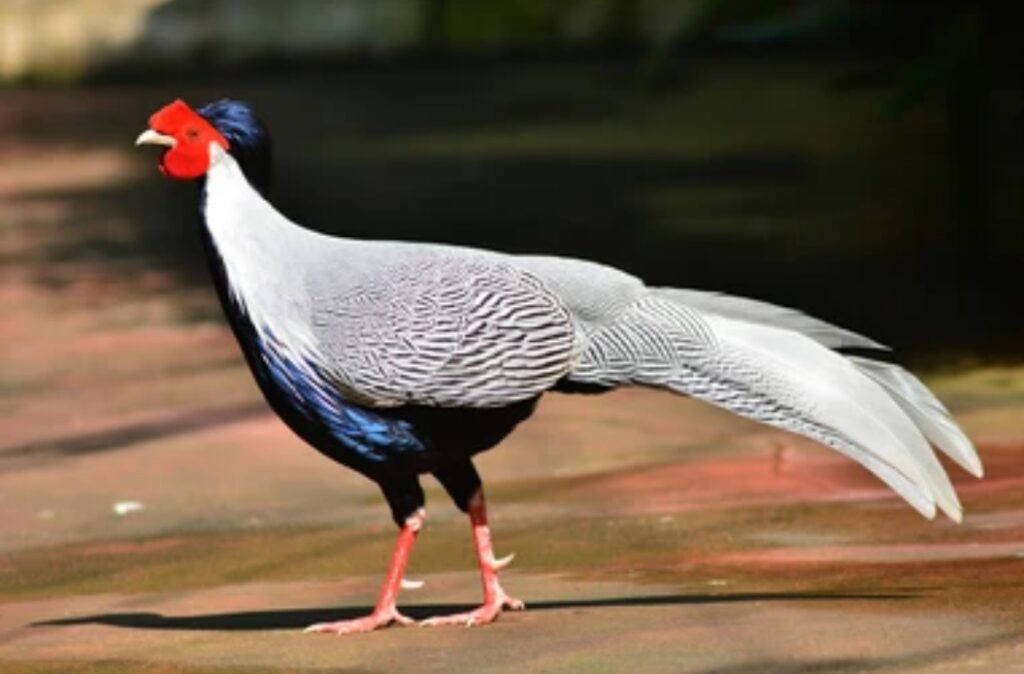- Daily: 9am - 5pm
- 714-757-2976

Lady Amherst’s pheasant (Chrysolophus amherstiae) is a bird of the order Galliformes and the family Phasianidae. The genus name is from Ancient Greek khrusolophos, “with golden crest”. The English name and amherstiae commemorates Sarah Amherst, who was responsible for sending the first specimen of the bird to London in 1828. Lady Amherst’s pheasant is evaluated as Least Concern on the IUCN Red List of Threatened Species.
The golden pheasant (Chrysolophus pictus), also known as the Chinese pheasant, and rainbow pheasant, is a gamebird of the order Galliformes (gallinaceous birds) and the family Phasianidae (pheasants). The genus name is from Ancient Greek khrusolophos, “with golden crest”, and pictus is Latin for “painted” from pingere, “to paint”.
It is native to forests in mountainous areas of western China, but feral populations have been established in the United Kingdom, Canada, the United States, Mexico, Colombia, Peru, Bolivia, Chile, Argentina, Uruguay, the Falkland Islands, Germany, Belgium, the Netherlands, France, Ireland, Australia and New Zealand. In England they may be found in East Anglia in the dense forest landscape of the Breckland as well as Tresco on the Isles of Scilly.


The silver pheasant (Lophura nycthemera) is a species of pheasant found in forests, mainly in mountains, of mainland Southeast Asia and eastern and southern China, with an introduced population on Victoria Island in Nahuel Huapi Lake, Neuquén, Argentina. The male is black and white, while the female is mainly brown. Both sexes have a bare red face and red legs (the latter separating it from the greyish-legged kalij pheasant). It is common in aviculture, and overall, also remains common in the wild, but some of its subspecies (notably L. n. whiteheadi from Hainan, L. n. engelbachi from southern Laos, and L. n. annamensis from southern Vietnam) are rare and threatened.
We have new animals born all of the time. Please check back frequently.